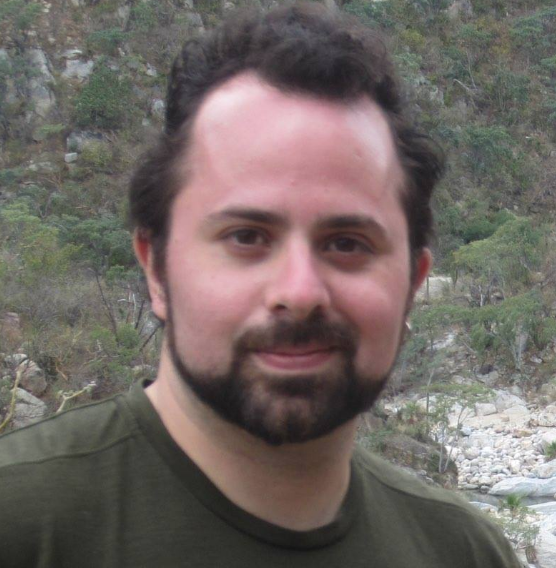Nothing will ever be like The Phantom Menace again (not even The Force Awakens)
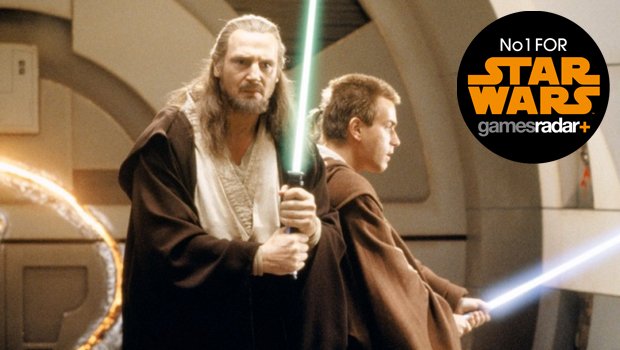
Star Wars: The Force Awakens is going to be different. The difference isn’t the newly emphasized practical effects, after the CG-fest of the prequels. It’s not the return of legacy cast members reprising iconic roles, either. Nor is it the movie’s blank slate, with a big bright future free of established continuity, waiting to be discovered. No, what makes The Force Awakens so distinct in the history of Star Wars is that it’s being released into a culture that is wholly different from the one that witnessed Star Wars: The Phantom Menace for the first time.
The day that sticks out most in my mind is May 12, when tickets for the first of the prequels went on sale. This was it: Episode I. The movie that would start everything. I played hookie alongside a few hundred other people camped out at the Carousel Mall in Syracuse, New York waiting in line for the better part of 12 hours to pick up pieces of paper that confirmed that, yes, we were going to see a new Star Wars flick. I brought a garbage bag filled with cans of cheap soda, handing them out to anyone in line who wanted one. We talked about what excited us most from the trailer.
We were unspeakably energized. When the local news showed up to cover the queue stretching from the ticket counter through two floors of the shopping mall and out to the parking lot, people in line shouted that they should interview “drink guy”. When the news team asked me why I was doling out sodas, I yelled, “We’ve been waiting a long time for this and I sure as hell know I’m thirsty! Thirsty for freaking Star Wars!” Everyone in line cheered. (I was 17. Like you didn’t do anything that embarrassing when you were 17. Please.)
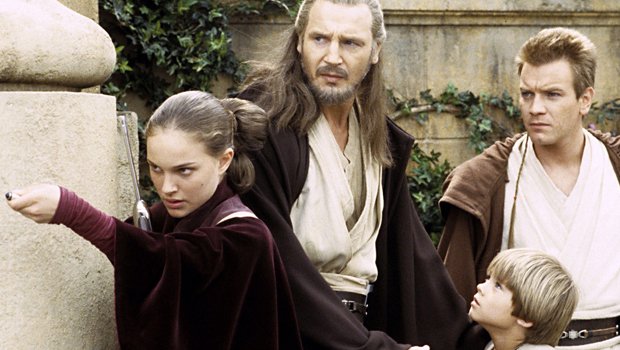
It’s hard to understand now just how damn thirsty we were. Back in 1999, Star Wars wasn’t just potent pop mythology, it was still largely mythological - there just wasn’t a whole lot of Star Wars stuff around, and there was even less information about how the movies, the molten core of the series, were made. This line up of weirdoes and obsessives waiting for tickets, people who cared so deeply about a handful of movies and tie-ins, was unusual in its scale but emblematic of how Star Wars fandom worked before the prequels and before the Internet was everywhere. Star Wars was personal because you had to be present physically talking about it to share anything at all.
When Episode I came out, the vast majority of Star Wars fans didn’t even have ready access to the internet and those that did had limited options for indulging in their lightsaber fetishes. Googling ‘The Force Awakens’ today yields up 53.5 million search results. Back then, this was what you could get at StarWars.com. In terms of additional story, your options were still limited. After Return of the Jedi in 1983, there was almost nothing until Timothy Zahn’s novel Star Wars: Heir to the Empire came out eight years later. Throughout the ‘90s, there was a steady trickle of ancillary material - comics like Dark Empire and respectable games like Star Wars: Tie Fighter and Dark Forces - but none filled the void left by not having proper Star Wars films, especially because George Lucas himself had been teasing since Return of the Jedi that there would be more.
There were hints about the prequel story beyond Obi-Wan and Yoda’s dialogue in the old movies, but those were scarce enough that they just made The Phantom Menace even hazier and more elusive. Every die hard fan knew that Darth Vader was a ridiculous robot man because Obi-Wan Kenobi knocked him into a volcano after he turned to the dark side of the Force, but no one knew where that information came from. No one could readily point to the 1977 interview in Rolling Stone where Lucas said that Vader “falls into a volcanic pit” after killing Anakin Skywalker (yes, even Lucas insisted they were two different characters back then). There was no Wookiepeedia for people to store all that absurd ephemera in and access. Fans just talked about this stuff in fairly small groups and so information about the series took on the same air as folklore.
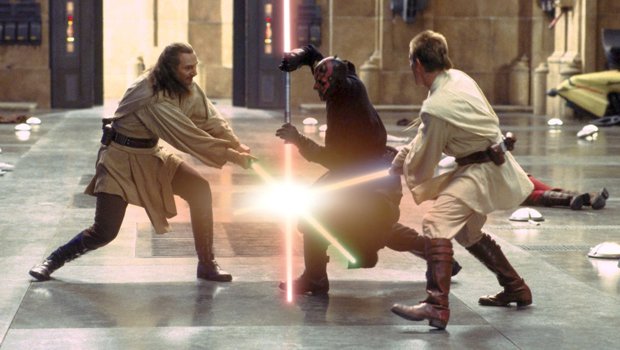
When The Phantom Menace was finally in production, not only was very little information released about the movie, it was teased slowly over the course of four years. By the standards of the era, the slow burn tease was unprecedented. By modern standards, it’s impossible; no one would have kept paying attention for that long, sharing information amongst themselves. The original teaser for Episode I wasn’t even an actual announcement, but a stilted, sleepy interview with George Lucas spread across the three THX-enhanced VHS releases of the original trilogy in 1995. We pored over the most inconsequential crumbs, relishing them together.
Sign up to the SFX Newsletter
Get sneak previews, exclusive competitions and details of special events each month!
The cumulative effect of both the dearth of Star Wars material and the agonizingly slow trickle of new information in a largely internet-free pop culture sphere was that The Phantom Menace took on a distinct shape as an event. It had really ceased to be a movie for a lot of people. The fact that you had to actually physically go and buy tickets for it ahead of time gave it the air of a festival - some Woodstockian destination, but with laser swords instead of extended electric guitar renditions of America’s national anthem. The fact that so much information about the actual story was disseminated by word of mouth rather than by a never-ending, faceless tide of information pumped into your smartphone maintained the air of supernatural reverence.
No wonder most people didn’t notice that the actual movie was terrible for a good while after it came out. Denying that The Phantom Menace was imaginative is a fool’s errand, but even a freshman in film composition 101 can tell you all the ways that it’s a mess. Stilted acting, no clear leading character to follow, cacophonous action sequences with no obvious stakes... seriously, why are the Gungans and the robots fighting in that field at all? For as singular as the Episode I buzz was, the movie itself was equally flummoxing. Most people walked away dazed, and confusion quickly soured into contempt as the Star Wars merchandizing machine settled into its new status quo of ceaseless production.
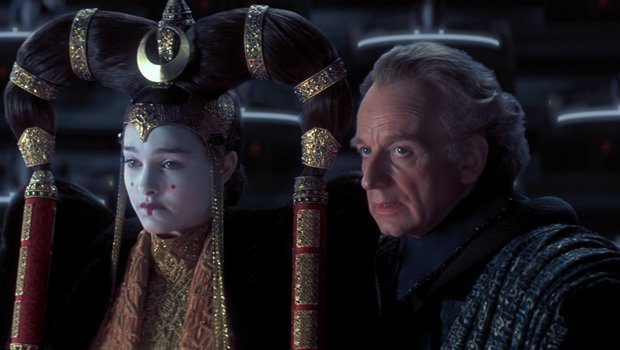
By the time the Star Wars: Episode II started to percolate in the public consciousness, the culture had changed already. Excitement had turned to distrust, and while broadband access wasn’t exactly ubiquitous, dial-up internet was widespread enough that by the Fall of 2001 most diehards were able to immediately turn their noses up when the title Attack of the Clones was announced. Twitter wouldn’t exist for another half decade to come, but the jaded ethos was already in place. I still went to the mall a week before Clones came out to pick up my ticket - Fandango and its ilk were still in their infancy - but there was no else there. When I went to opening night, there were plenty of open seats between the be-robed faithful waving around their toy lightsabers. Unfortunately, Attack of the Clones was just a movie.
With less than a month between us and The Force Awakens, the most heartening thing to see is that in between the constant susurrus of marketing, analysis, reaction videos and social network vamping, a genuine enthusiasm has re-emerged. It’s different than the tide that preceded The Phantom Menace, but it always would be. What’s shared between the two is a yearning love. There’s a new, palpable thirst in common for both a generation that grew up loving Jar Jar Binks and the folks that were wide-eyed in front of the Star Destroyer pursuing Leia’s blockade runner. December 17 and 18 will be a new date that lingers, for better or worse, and I take comfort that somewhere out there another teenager is making an ass of himself in his excitement for a new story about space wizards and robots.
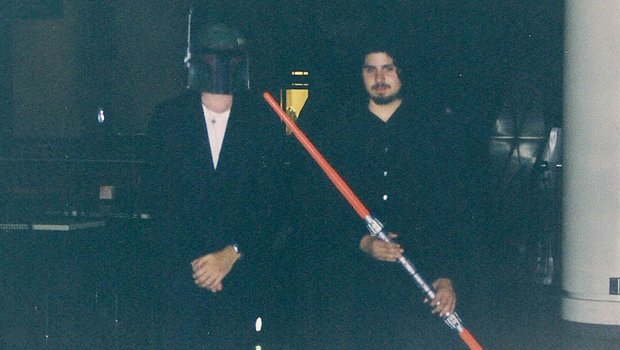
Images: Disney/Anthony Agnello
